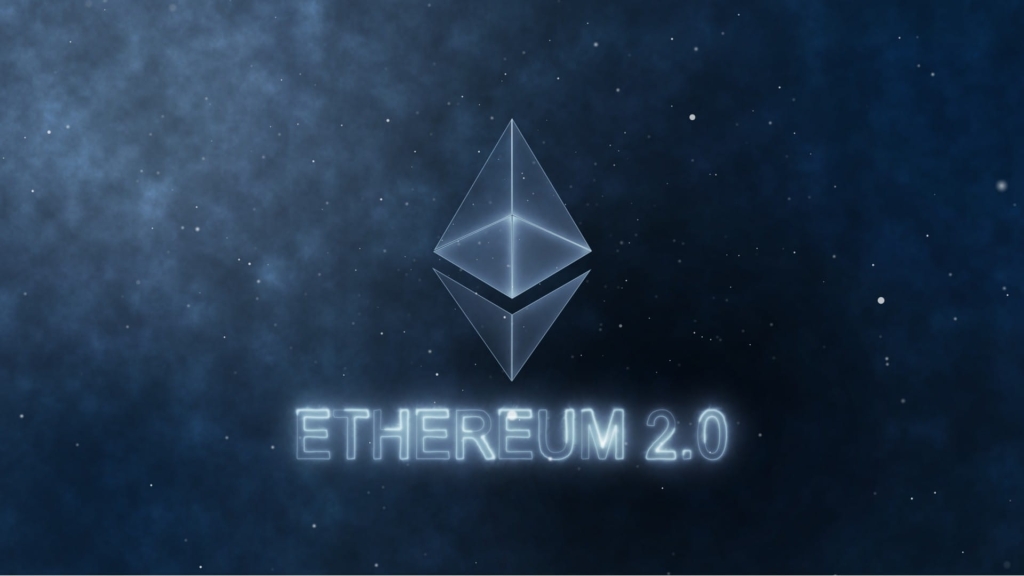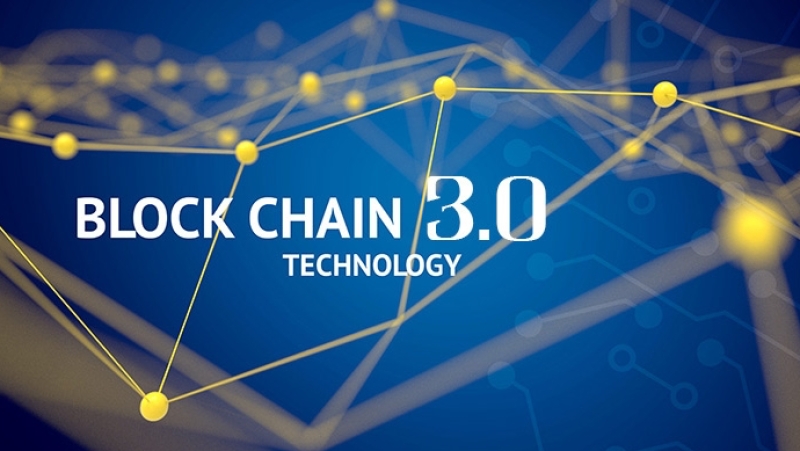
Blockchain 3.0 was born with the goal of expanding the application of Blockchain technology in many different areas of life.
What is Blockchain 3.0?
When talking about Blockchain 1.0, people will immediately think of Bitcoin with the Proof of Work (PoW) consensus mechanism.
With Blockchain 2.0, people think of Ethereum with smart contracts and Proof of Stake (PoS) consensus mechanism.
And Blockchain 3.0 is an extremely improved successor version, created for the purpose of solving the backlog problems of two generations 1.0 - 2.0 through different protocols with techniques.
Blockchain generation 3.0 is interoperable, extensible, adaptive, secure and especially more sustainable than the previous two versions.
In addition, Blockchain 3.0 is also introduced with a completely new feature called dApp (decentralized application).
It can be commented, Blockchain 3.0 helps people to access the digital technology world in a better way.

What does Blockchain 3.0 have?
- Data: Encrypted on integrated blocks from Blockchain version 1.0.
- Smart contract: From Blockchain version 2.0.
- Cloud node: All scripts will be deployed here.
- Open chain access protocol: Open blockchain protocol built by the ArcBlock team.
- Microchip: A new type of computer network architecture that works without server access.
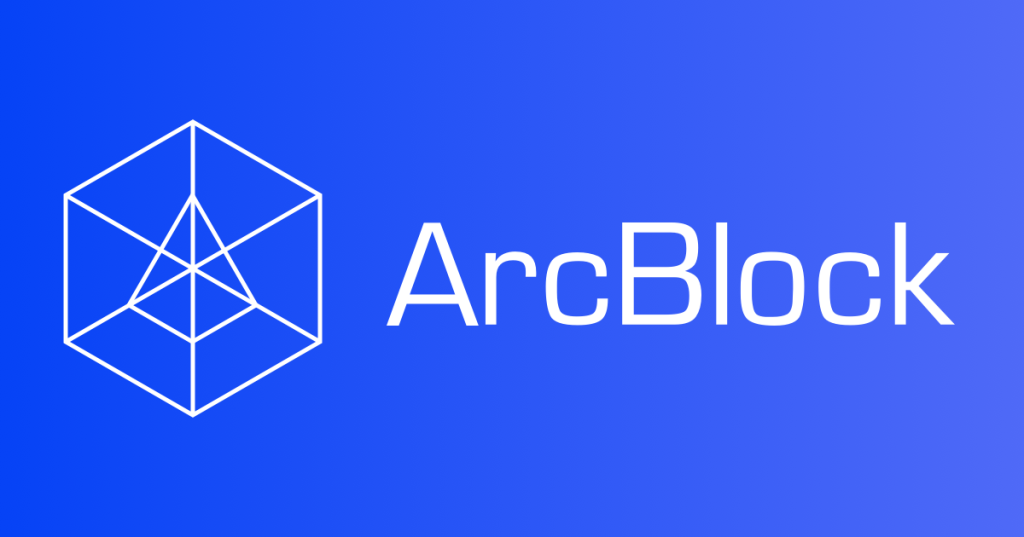
What are outstanding advantages of Blockchain 3.0?
Blockchain 3.0 features DAG technology, also known by the name “directed acyclic graph”.
Understandably, information on the network based on DAG technology is transmitted cyclically and only goes one way.
So DAG has the ability to help maximize block generation time. Specifically:
- With Bitcoin (Blockchain 1.0), it's 10 minutes.
- With Ethereum (Blockchain 2.0), it's 20 seconds.
Furthermore, this allows transactions to be processed in near real-time.
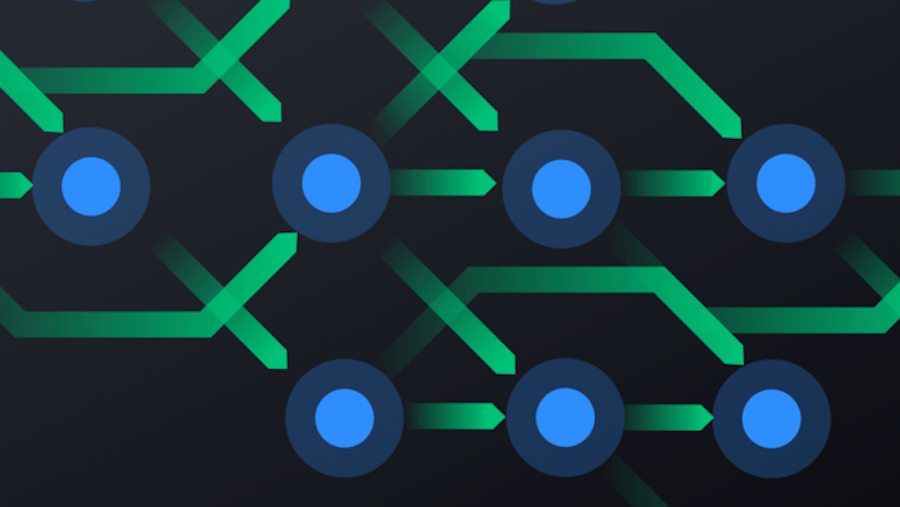
03 notable projects built on Blockchain 3.0
Cardano (ADA)
Cardano (ADA) is a 3.0 generation decentralized Blockchain platform, born with the aim of becoming an alternative and limited improvement of the Proof of Work (PoW) algorithm.
It applies the Proof of Stake (PoS) mechanism and the Ouroboros algorithm as the foundation, randomly selecting the next node to add to the network.
This reduces energy consumption to a minimum during block generation.
Therefore, Cardano is said to be able to solve a lot of problems in terms of infrastructure, costs, energy consumption and transaction times... effectively.

Zilliqa (ZIL)
ZIL uses a highly scalable Proof of Stake (PoS) mechanism that allows each node to store only a portion of the data in the overall Blockchain.
Besides, thanks to smart contracts, transaction processing speed is also optimized up to thousands per second.
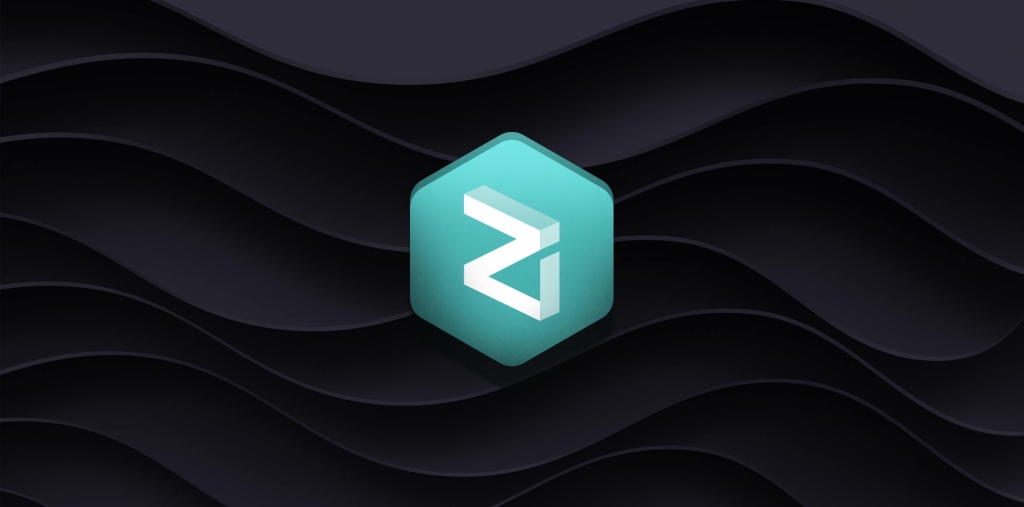
Ethereum 2.0
The event of Ethereum 2.0 (Blockchain 3.0) moving from Proof of Work (PoW) consensus mechanism to Proof of Stake (PoS) has marked a milestone in the ecosystem of this network.
This helps to improve the limitations of the old system in terms of security, transaction costs, scalability and performance.
